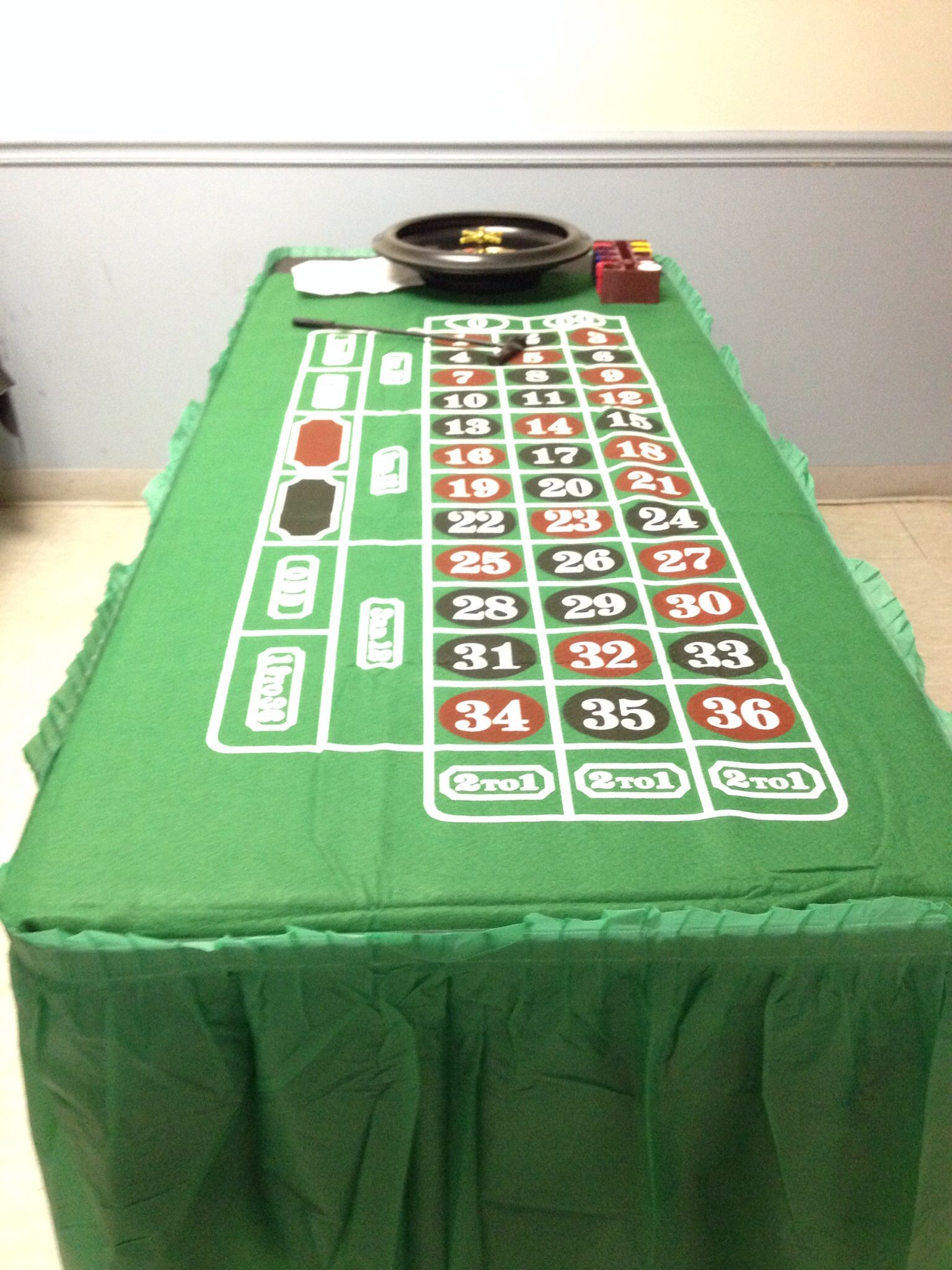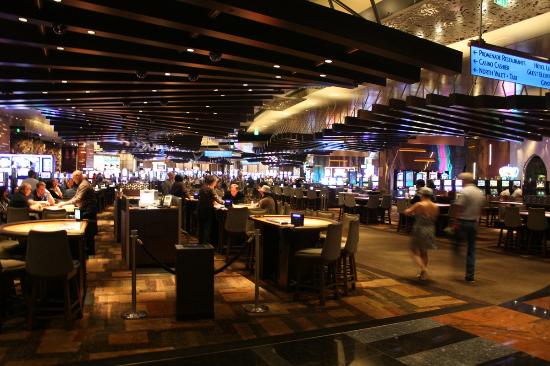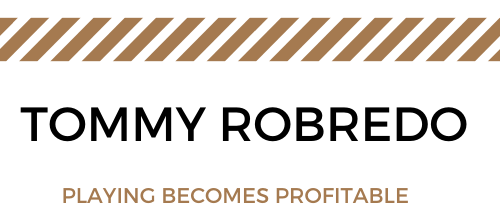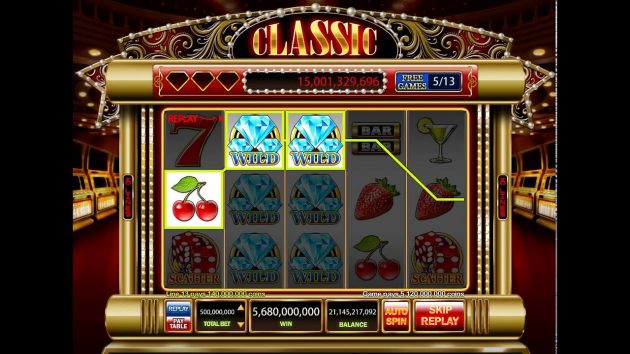Hit – to draw another card. This is usually signified by the tapping of the table with his cards or by a similar motion using the hand (tapping the table behind the cards with a finger). In the face-up game, the hand signals are required instead of just telling the dealer whether you want a “hit” or “stand.” In the face-down game, the hand signals are different. To draw another card, you need to scrape your cards across the table in a light manne

Stand – means that the player no longer wants additional cards. This signal is done by placing the cards under the player’s bet or holding or waving his hand in a horizontal direction over the cards (face-up game). In a face-down game, to stand means you should tuck the two cards you are holding under the chips that you have bet. Simply place the cards under the chips without holding the bet
Bust – means your cards are over 21. A player loses if he hits and his cards go over 21. When this happens, the dealer will get your bet and remove your cards from the table right away.
Wager – is another term for bet.
Double down – means the player wants to double the original bet on his first two cards. This can only be done before the player draws an additional card. In this case, players can double down for any amount up to the original bet but not more than that.
Splitting – this is possible if the first cards of a player are a pair in which case they may be split into two hands and played separately. The bet on each hand should be the same. Aces get only one card. If an ace gets a ten after splitting, it counts as 21 and not as a blackjack.
Insurance – refers to a bet not more than one-half of the original bet. If, for instance, the dealer’s up card is an ace, the player may consider taking insurance. If, however, the dealer’s down card is a ten or a face card, the player wins. Any other card means the dealer wins.
Surrender – means to give up after the dealing of the first two cards during which only half of the original bet is lost. However, surrender is not always possible in all blackjack games. There are two types of surrender – early and late. An early surrender, which is rarely offered, means the player gives up before the dealer checks his cards. The late surrender, which is the most common, happens when the dealer checks his cards first for a blackjack. If there’s no blackjack, the players are allowed to surrender.

How to analyze your blackjack hand
In blackjack, a player’s goal is to get as many blackjacks or at as many good hands as possible. Playing the game is not really all about seeing the other players lose. What’s important is that you win as much as you can, don’t pay too much attention on the others.
Experts would suggest that sitting at the leftmost seat in the table is best. In this way, you are able to see more played cards which can help you make better, if not good, decisions. Do vary the number of hands you play depending on the odds. Play a single hand if the odds are on the house and play two hands if the odds favor you. It is also recommended that you double your bet when playing two hands. But in playing a single hand, it’s best to bet the minimum to lessen your loss. You should practice using some of the best poker sites such as Judi Online. This will help you create strategies before you officially join the actual competition.
In playing regular blackjack, you should split if you have a pair of eight’s as against the dealer’s 10 or ace. If, for instance, the dealer accidentally revealed both his cards showing a total of 10 or 11, then you should hit against a 10 and stand against an 11. You see, when the dealer has a ten or an ace, you would know that he does not have a blackjack when it’s already your turn because of the fact that he or she peeked at the hole card. You can then be more aggressive in playing your hand. However, when both of the dealer’s cards are shown with a total of ten or 11, then there’s a chance he can draw an ace to the ten or a ten to the 11 thereby getting a 21.
Now, what if you have a total of 13 and the dealer’s upcard is 6? You should stand on 13 because a hit would do you more harm. If you stand, the dealer might bust four times out of ten.

When to surrender? Do this only when your chances of winning are less than 25 percent and the casino has more than 50 percent chance of beating you. In multiple deck blackjack games, remember to surrender only 16 when the dealer shows a 9, 10 or ace and 15 when the dealer shows a 10. Do not surrender your pair of eights as well as a soft 15 or 16 (a hand containing an ace). If the dealer’s cards show an ace, the player cannot surrender his hand until after the dealer checks for a blackjack. If the dealer gets a blackjack, you lose and can no longer surrender.

